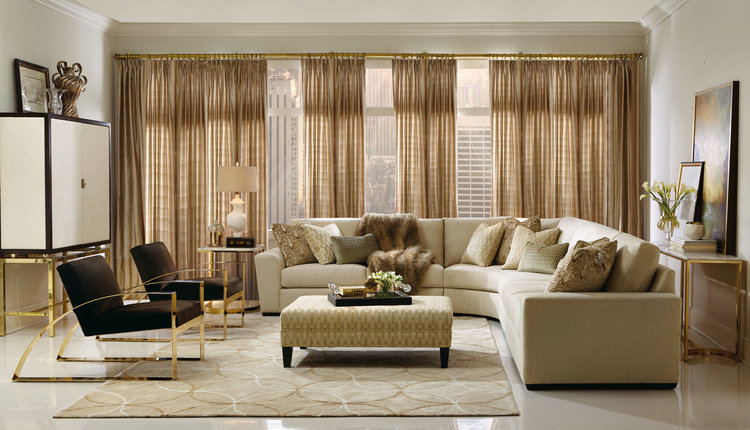
If your like me, I can walk into a room, look around and instantly know that something is missing. All the components of design are there such as color, furniture, and accessory items, but the entire room just feels a little flat. What's missing? Texture!
For what ever reason, texture seems to sometimes be an afterthought when it comes to interiors and yet its the thing that makes a room pop. It’s what brings a perfectly fine design up to enviable levels. Here are my thoughts and ideas on texture.
It is often defined as, “the sensations caused by the external surface of objects received through the sense of touch”, which translates into how things feel. Think about texture as running your hand along a rough wooden tabletop, soft carpet between your toes, or sinking down into leather couch.
But as an interior designer, I can tell you that you don’t need to have physical contact with a room to feel the power of texture. Although it may only play a supporting role to the function of the space, it is no less vital to a design’s success.
If you have visited Mercato Interiors or have read design magazines, you’ve heard the term “Visual Weight” mentioned often. What that means is that an object or space has the ability to draw attention to itself.
We use warm or cool colors to effect how a space feels. Texture works in a similar way. Rough textures are more likely to make a space feel intimate and grounded while smooth textures bring a sleeker more aloof tone to the room. Where these textures are placed in the room is an important to what textures are selected. Putting a smooth texture directly next to a rough one while make the rough object stand out more and seem weightier than if you space them apart.
I've said it before and I'll say it again, contrast is essential when it comes to design because it keeps things balanced and provides visual interest. For example, if everything is too similar, our eyes have trouble focusing and tend to glaze over. The use texture makes sure your most important elements pop.
The secret to getting right is 'restraint'! Don't go crazy, just try and stick to two or three distinct textures in any single space. Choose three when you want people to take in the space as a whole and stick to two when you want to emphasize a prominent focal point.
Texture is particularly important if you’re working within a particular color palette where the shades are very similar. If using a monochromatic or analogous color scheme, make sure you choose items that heavily contrast with one another. When they come together, they will bring a sense of harmony to the space.
The use of texture is well and good, but it only goes so far if you don’t know how to effectively bring it into your home. Here are the rules I use when adding texture to a room:
Something to remember is you are using when choosing Texture vs. Pattern. These two things are usually talked about together, but they are two distinct and necessary components of design. Pattern refers to a visual print while texture is about how something feels. Make sure you incorporate both into your interiors instead of choosing one over the other.
Whether it be a throw rug to warm up your bedroom room or a wooden coffee table to bring life to your living space, the importance of texture is clear. Texture is the component that helps elevate your interiors to the next level and makes it feel fit for a magazine.
This site is being monitored by one or more third-party monitoring software(s) and may capture information about your visit that will help us improve the quality of our service. You may opt-out from the data that https://dashboard-datatracker.com is collecting on your visit through a universal consumer options page located at https://dashboard-datatracker.com/Unsub/unsub.html